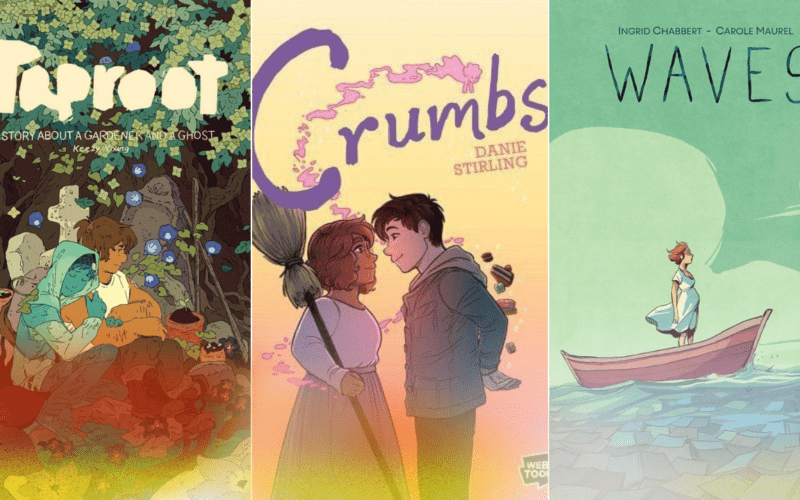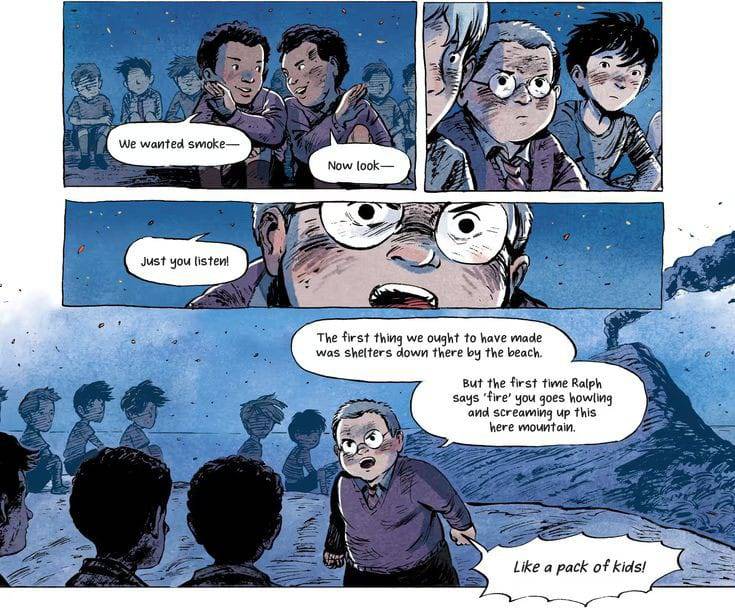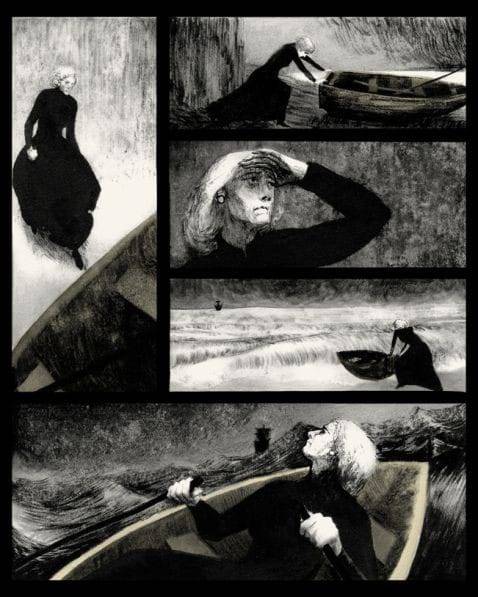If you think graphic novels are just fancy picture books, brace yourself — we’re about to see why they deserve a heck of a lot more respect. Let’s be real, the whole “comics aren’t cool” vibe is kind of a relic, right? Like, are we still stuck in the 1950s when comic book fans were nerds hiding their Batman stash under their beds? (Pffft, give me a break.) And I know some people out there still think graphic novels are nothing but superhero capes, pow-bam-boom action, and simplistic plots. Spoiler alert: you’re wrong. Graphic novels have evolved into an art form worthy of the same respect given to those “serious” literary books gathering dust on your bookshelf.
But how did we get here, and why is this perception so hard to shake?
Okay, so here’s the thing: part of the problem with how graphic novels are perceived stems from their humble comic book roots. In the early days, comic books weren’t exactly Shakespeare. We’re talking about superhero stories written in the 1930s and ’40s, often targeted at kids with a “good vs. evil” plot that was about as subtle as a brick to the face. Batman, Spider-Man, Captain America — the gang’s all here. And for a long time, comics were seen as something juvenile, something you’d eventually “grow out of.”
But here’s the catch: comics grew up, too.
Sure, a lot of people associate graphic novels with their cape-wearing forefathers, but they miss the point that comics are a medium, not a genre. That’s like saying movies are just rom-coms because you happened to catch 10 Things I Hate About You last weekend. (And if you didn’t cry at the bleachers scene, we need to talk.)
Comics Are a Medium, not a Genre: A Major Misunderstanding
Let’s clear this up for the folks in the back: a medium is the way a story is told, and a genre is the type of story being told. So yes, superhero comics like Marvel and DC make up a huge chunk of comic culture, but they don’t represent the entire medium. Comics are how stories are presented — through art and text combined in a way that’s completely unique — but what those stories are about can vary wildly.
Think about it. What if I told you there are graphic novels about historical events (Maus), heartbreak and identity (Fun Home), or mental health (My Favorite Thing is Monsters)? Heck, some of them are even straight-up adaptations of literary classics. These stories handle themes like trauma, love, loss, and self-discovery — themes that are about as “serious” as you can get.
This medium allows for a level of storytelling that can be just as complex, emotionally layered, and impactful as a 300-page novel — sometimes even more so. The combination of visuals and text can convey mood, setting, and emotion in a way that words alone often struggle to do. Imagine showing the pain of a character’s inner world not just through their thoughts, but through the actual distortions of the art. That’s something a novel just can’t replicate.
The common knock against graphic novels is that they can’t be “serious” literature because they have pictures. And I get it, some of you out there still equate images with children’s books or something a little less intellectual. But trust me on this — graphic novels are a legitimate form of literature. Don’t believe me? Let’s talk about a few that have changed the game.
Maus by Art Spiegelman
If you think graphic novels can’t be serious, pick up Maus. Spiegelman’s work, which tells the story of the Holocaust through anthropomorphized characters, won a Pulitzer Prize. Yes, a Pulitzer. In a graphic novel. The medium gave Spiegelman the chance to explore history, memory, and trauma in a way that traditional prose might not have allowed.
Persepolis by Marjane Satrapi
Another powerhouse is Persepolis, an autobiographical graphic novel about a young girl growing up during the Islamic Revolution in Iran. The combination of stark black-and-white visuals and Satrapi’s voice allows for a deeply personal narrative that’s as much about politics as it is about finding one’s identity. It’s a coming-of-age story with the backdrop of war, revolution, and cultural upheaval.
Sandman by Neil Gaiman
And then there’s Sandman, which blends mythology, fantasy, and reality into an epic that stretches far beyond the borders of your typical superhero comic. Gaiman’s masterful storytelling has turned Sandman into one of the most critically acclaimed graphic novels of all time, with a depth that makes you question the boundaries of dream and reality.
Do any of these stories sound like “just entertainment” to you? Didn’t think so.
A lot of people assume graphic novels are all about superheroes, and to be fair, superhero comics are often the most visible part of the industry. But the truth is, superheroes are just one slice of a massive pie. And even within the superhero genre, there’s been a massive evolution.
In the early days, superhero stories were fairly straightforward: good guy punches bad guy, saves the day, and we all go home happy. But today, superhero graphic novels tackle complex social and philosophical themes. Take Alan Moore’s Watchmen or Frank Miller’s The Dark Knight Returns. These aren’t just stories about men in tights fighting crime; they explore the human psyche, the concept of power, and the moral ambiguity of heroism.
Superhero comics aren’t just black-and-white anymore, both literally and figuratively. They ask uncomfortable questions about what it means to be a hero and whether the world can truly be “saved.”
Let’s face it: if you’re not reading graphic novels, you’re missing out. Big time. Whether you’re a fan of epic adventures, introspective memoirs, historical tales, or even philosophical musings, there’s a graphic novel for you. Here’s why you should give them a chance:
– Visual storytelling: The unique blend of images and words allows for emotional storytelling that can evoke feelings in ways traditional novels sometimes can’t.
– Diverse genres: From horror to romance, history to fantasy, graphic novels cover a wide range of genres, so there’s something for everyone.
– Merit: Works like Maus and Persepolis prove that graphic novels can show serious themes with the same intellectual rigor as any traditional book.
– New perspectives: Graphic novels often provide a platform for underrepresented voices, with themes of race, gender, identity, and culture in deeply personal ways.
If you’re still sleeping on graphic novels because you think they’re “just comics,” it’s time to wake up. Graphic novels are an incredibly rich and diverse medium, capable of telling stories in ways that no other form can. They can be serious, they can be fun, and sometimes they can even change the way we see the world.
So pick one up, dive in, and experience graphic novels for yourself. Whether you’re into superheroes or not, there’s something in this medium that’s bound to capture your heart. It’s literature, it’s art, and yeah, it can be seriously entertaining too.



